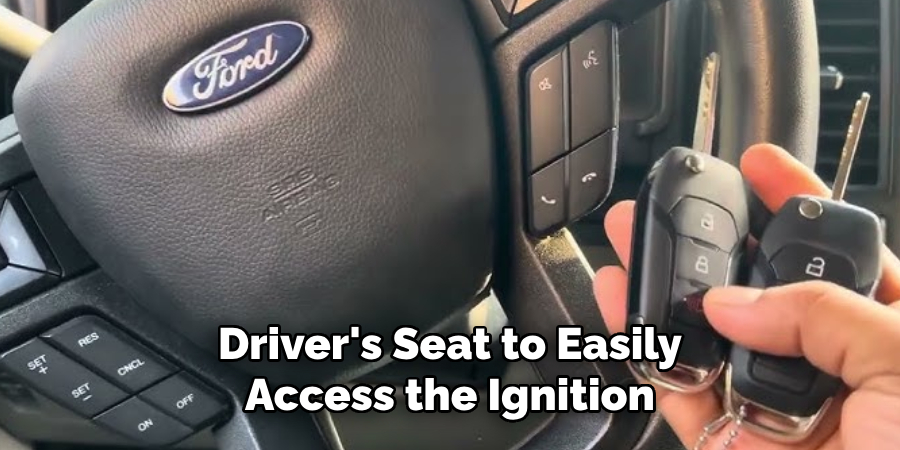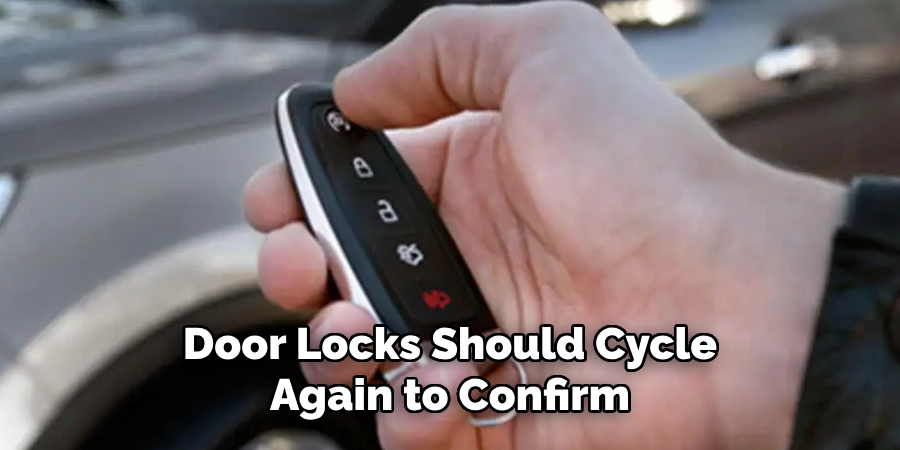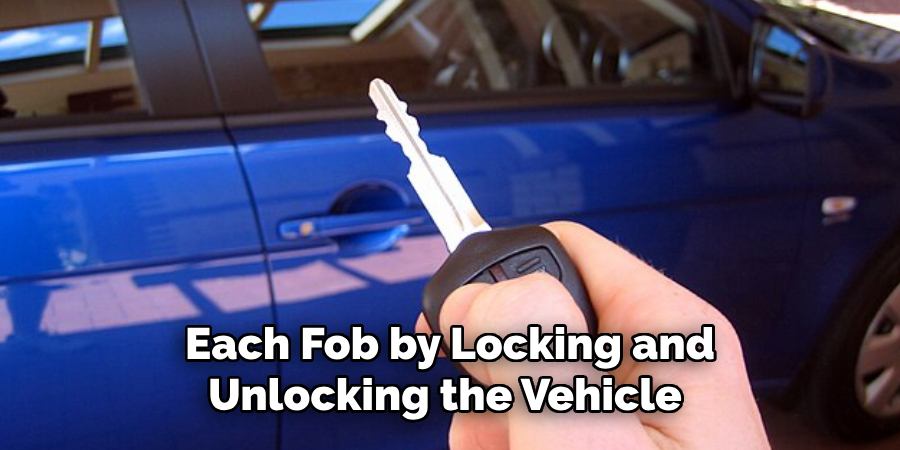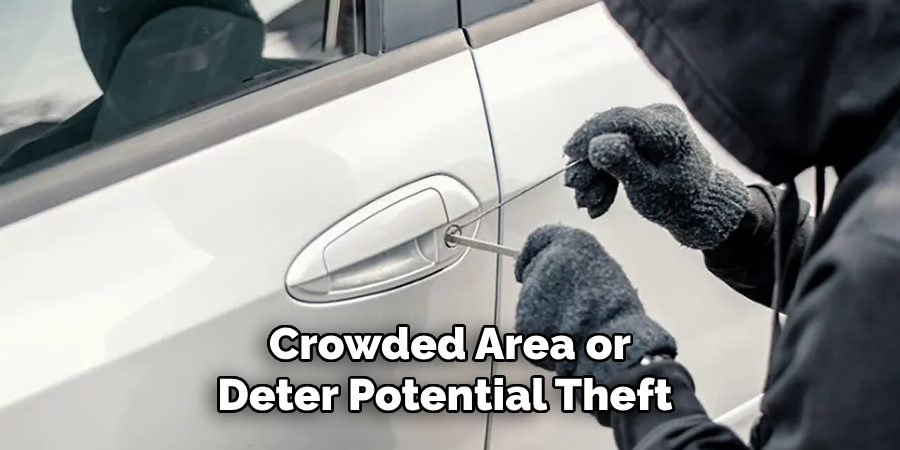Are you tired of carrying multiple keys and constantly fumbling to find the right one to unlock your car? Consider reprogramming your Ford key fob for a more convenient and secure way to access your vehicle.

How to reprogram a ford key fob is a straightforward process that can save you time and money compared to visiting a dealership. Whether you’ve replaced a lost key fob, purchased a spare, or need to reprogram your current one, the steps can be completed with minimal tools and effort. This guide will walk you through the process, ensuring that your key fob is synced properly with your vehicle for smooth operation.
By following these instructions, you’ll regain full functionality of your key fob in no time.
What Are the Benefits of Reprogramming a Ford Key Fob?
Reprogramming your Ford key fob can offer several benefits, including convenience, security, and cost savings.
- Convenience: With a reprogrammed key fob, you’ll have easy access to your vehicle without fumbling with keys or manually unlocking the doors. This is especially helpful when carrying groceries or other items.
- Security: By reprogramming your key fob, you can ensure that only you can access your vehicle. This adds an extra layer of protection and can help prevent unauthorized entry.
- Cost Savings: Visiting a dealership to get a new key fob programmed can be expensive. By learning how to do it yourself, you can save money, avoid the hassle of scheduling an appointment, and wait for your key fob to be reprogrammed.
These benefits make reprogramming your Ford key fob worthwhile for any Ford owner.
What Will You Need?
To successfully reprogram your Ford key fob, you’ll need a few items:
- Your Ford Vehicle: This process is specific to Ford vehicles, so make sure you have the right make and model.
- A Spare or Replacement Key Fob: If you’ve lost your original key fob or need a spare, you can purchase one online or from a dealership. Make sure it is compatible with your vehicle’s make and model.
- A Flathead Screwdriver: This will be used to pry open the key fob case. Make sure it is small enough to fit into the notches of your fob.
- A Working Key Fob: This will be used to put your vehicle in programming mode. If you only have one key fob, skip this step and proceed directly to the reprogramming instructions.
Now that you have all the necessary materials let’s dive into the steps for reprogramming your Ford key fob.
10 Easy Steps on How to Reprogram a Ford Key Fob
Step 1. Get Inside Your Vehicle:
Begin by sitting inside your Ford vehicle. Make sure all doors are closed to prevent interruptions during the programming process. Switching off distractions such as the radio or air conditioning is also recommended. Clear communication between the key fob and the vehicle’s system is essential, and having any external systems running may cause interference.

Sit in the driver’s seat to easily access the ignition and follow the next steps accurately. Once you’re ready and seated comfortably, you can proceed to the next step.
Step 2. Insert and Remove the Key from the Ignition:
Take the primary key fob you want to program and insert it into the ignition. Turn the key to the “ON” position, but do not start the engine. Leave it in this position for about 3 seconds, then turn it back to the “OFF” position. Remove the key from the ignition and repeat this step 8 times within 10 seconds. You will know the vehicle is in programming mode automatically when the door locks cycle (lock and unlock). Be attentive and ready to move to the next step once this occurs.
Step 3. Program the New Key Fob:
Once the vehicle is in programming mode and the door locks have cycled, take the new key fob you wish to program. Press any button on the latest key fob within 20 seconds. The door locks should cycle again to confirm that the key fob has been successfully programmed. If you have additional key fobs to program, repeat this step for each one, ensuring that you press a button on each fob within 20 seconds of the last. When you are finished, proceed to the final step.

Step 4. Exit Programming Mode:
Once you have programmed all desired key fobs, exit programming mode by turning the vehicle’s ignition to the “OFF” position, this action will finalize the programming process. To confirm that the system is no longer in programming mode, test the key fobs by locking and unlocking the doors. If the key fobs respond correctly, the process has been completed successfully.
Ensure proper functionality by trying all the programmed fobs within proximity of the vehicle. If any fob does not work as expected, repeat the entire programming process or consult your vehicle’s owner manual for troubleshooting steps. It is essential to complete all programming steps accurately to ensure the reliable performance of the newly programmed key fobs.
Step 5. Troubleshooting Tips:
If you encounter issues during or after programming the key fobs, follow a few troubleshooting steps. First, ensure the batteries in all fobs are fully charged or recently replaced, as low battery power can affect functionality. Verify that you are within the recommended range of the vehicle when testing the fobs. Check for any visible damage to the fobs or signs of wear on the buttons. If the problems persist, consult your vehicle’s owner manual for additional guidance or contact your dealership for professional assistance.
Step 6. Final Testing and Confirmation:
Once all the key fobs have been programmed and troubleshooting steps, if any, have been addressed, perform a final test to confirm proper functionality. Test each fob by locking and unlocking the vehicle and testing any additional features, such as the trunk release or panic button. Ensure that all programmed fobs work consistently and without delay. If you are satisfied with the performance, your key fob programming process is complete. Store any unused or spare fobs in a secure location to prevent loss or accidental damage.

Step 7. Maintenance Tips for Key Fobs:
Regular maintenance is essential to ensure your key fobs’ longevity and optimal performance. Replace the battery as soon as you notice reduced range or inconsistent functionality. Keep the fobs clean by gently wiping them with a soft, dry cloth to remove dust or dirt.
Avoid exposing them to extreme temperatures, moisture, or physical impacts, as these can damage the internal components. Periodically test all spare key fobs to confirm they remain functional, and replace batteries as needed, even if they are not used frequently. These tips will help you maintain reliable performance from your key fobs over time.
Step 8. Keep Your Key Fob Safe:
Since key fobs are essential for accessing and operating your vehicle, keeping them in a safe and secure location is crucial. Avoid leaving them inside the car or in easily accessible spots such as on top of the dashboard or inside door pockets. Instead, consider investing in a protective case or keeping them with you when out of the vehicle. This will help prevent loss, theft, or damage that could result in additional expenses and inconvenience.
Step 9. Consider Additional Features:
Modern key fobs come with various advanced features that can enhance convenience and security. For example, some key fobs include remote start functionality, allowing you to start your vehicle from a distance—this can be particularly helpful during extreme weather conditions to heat or cool the car before you enter. Others may offer proximity unlocking, which automatically unlocks your vehicle as you approach, eliminating the need to press any buttons.

Additionally, some key fobs are equipped with panic buttons or alarm triggers to help you locate your car in a crowded area or deter potential theft. Take the time to review your key fob’s manual to familiarize yourself with all available features and ensure you are fully utilizing them. You may also want to explore if upgrades or programming options are available for your specific model, as these can add further functionality to meet your needs.
Step 10. Ensure Proper Disposal of Old Key Fobs:
When replacing a key fob, it is essential to dispose of the old one responsibly. Many key fobs contain lithium batteries and other electronics that can harm the environment if not disposed of properly. Check with your local waste management or recycling facility for specific guidelines on safely disposing of electronic devices. Consider returning the old key fob to your dealership, where they can ensure proper disposal or potentially recycle parts for future use.
By following these steps, you can confidently program and maintain your key fobs for reliable performance and convenience.
Conclusion
How to reprogram a ford key fob can seem daunting, but by following a clear and systematic approach, the process becomes manageable.
Start by ensuring your vehicle and key fob are compatible with programming mode, and carefully execute each step as outlined in your manual or guide. Taking the time to understand the instructions and using the appropriate resources thoroughly can prevent common issues. After reprogramming, remember to test the key fob thoroughly to confirm it functions as expected.
By adhering to the recommended practices, you can save time, avoid unnecessary costs, and maintain your vehicle’s security and convenience.
About
Safety Fic is a distinguished figure in the world of Diy design, with a decade of expertise creating innovative and sustainable Diy solutions. His professional focus lies in merging traditional craftsmanship with modern manufacturing techniques, fostering designs that are both practical and environmentally conscious. As the author of diy, Safety Fic delves into the art and science of Safety Fic-making, inspiring artisans and industry professionals alike.
Education RMIT University
(Melbourne, Australia) Associate Degree in Design (Safety Fic) Focus on sustainable design, industry-driven projects, and practical craftsmanship. Gained hands-on experience with traditional and digital manufacturing tools, such as CAD and CNC software.
Nottingham Trent University
(United Kingdom) Bachelor’s in diyfastly.com and Product Design (Honors) Specialized in product design with a focus on blending creativity with production techniques. Participated in industry projects, working with companies like John Lewis and Vitsoe to gain real-world insights.
Publications and Impact
In diy, Safety Fic his insights on indoor design processes, materials, and strategies for efficient production. His writing bridges the gap between artisan knowledge and modern industry needs, making it a must-read for both budding designers and seasoned professionals.
